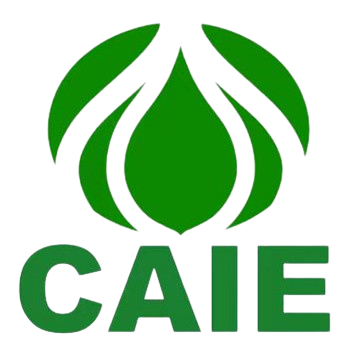Cina, pusat produksi bawang putih dunia yang tak terbantahkan, memproduksi umbi bawang putih yang menyengat ini dalam jumlah yang sangat besar, mencapai 75% produksi global. Namun, bagaimana umbi kecil beraroma harum ini bisa menjadi bagian penting dari lanskap pertanian Tiongkok? Mari kita selami inti dari budaya Cina bawang putih produksi, mengeksplorasi sejarahnya yang kaya, praktik budi daya, dampak ekonomi, serta tantangan dan peluang yang ada di depan mata bagi raksasa bawang putih global ini.
Sebuah Warisan Rasa: Akar Bawang Putih yang Mendalam di Tiongkok
Sejarah bawang putih di Tiongkok adalah kisah menawan yang terjalin dengan tradisi kuliner dan praktik pengobatan kuno di negara tersebut selama lebih dari empat ribu tahun. Dari awalnya yang sederhana sebagai tanaman liar, bawang putih dengan cepat naik ke tempat terkemuka dalam budaya Tiongkok, dihormati karena rasa dan khasiat penyembuhannya.
- Kebijaksanaan Kuno: Bawang Putih dalam Pengobatan Tradisional Tiongkok: Jauh sebelum pengobatan modern, orang Cina kuno telah mengenal khasiat bawang putih yang ampuh. Praktisi pengobatan tradisional Tiongkok telah menggunakan bawang putih selama berabad-abad untuk mengobati berbagai macam penyakit, mulai dari gangguan pencernaan dan infeksi saluran pernapasan hingga parasit dan masalah peredaran darah. Reputasi bawang putih sebagai penyembuh alami sudah tertanam kuat dalam budaya Tiongkok, diwariskan secara turun-temurun dari generasi ke generasi.
- Sebuah Landasan Kuliner: Kehadiran Bawang Putih yang Abadi dalam Masakan Cina: Bawang putih bukan hanya keajaiban obat di Cina; bawang putih adalah landasan dari masakan negara yang beragam dan beraroma. Berjalanlah di pasar Cina yang ramai, dan aroma bawang putih yang menyengat pasti akan memandu indera penciuman Anda. Dari desis bawang putih dalam wajan panas hingga keseimbangan rasa yang lembut dalam saus dan bumbu, bawang putih adalah bahan yang tak tergantikan dalam masakan Cina yang tak terhitung jumlahnya. Kemampuannya untuk meningkatkan dan meningkatkan rasa, menambah kedalaman dan kerumitan, telah mengukuhkan tempatnya di jantung tradisi kuliner Tiongkok.
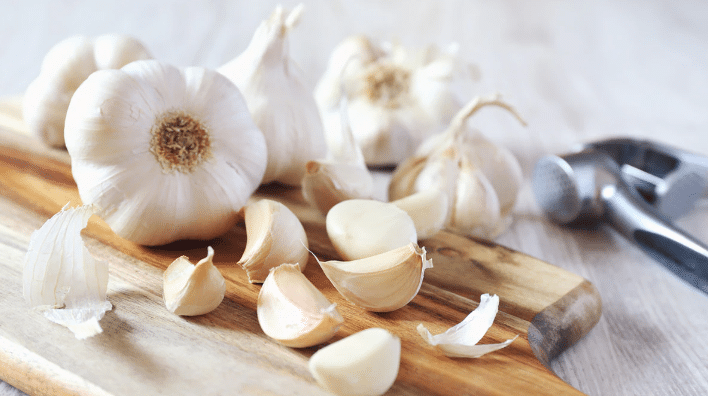
Dari Benih hingga Umbi: Perjalanan Produksi Bawang Putih Tiongkok
Produksi bawang putih China merupakan bukti kecerdikan dan dedikasi yang tak tergoyahkan dari para petaninya, yang telah mengasah praktik budidaya mereka dengan cermat selama berabad-abad. Perjalanan dari satu siung hingga menjadi umbi yang montok dan beraroma adalah sebuah pekerjaan yang penuh cinta, yang membutuhkan perhatian yang cermat terhadap detail dan pemahaman yang mendalam tentang kebutuhan tanaman.
- Penanaman: Siklus Dimulai: Saat musim panas memudar dan musim gugur mewarnai lanskap dengan warna-warna hangat, para petani bawang putih Cina mempersiapkan ladang mereka untuk ditanami. Siung bawang putih, yang dipilih dengan cermat dari panen tahun sebelumnya, ditanam dengan cermat dalam barisan, memastikan jarak tanam yang tepat untuk pertumbuhan yang optimal. Waktu penanaman sangat penting, memungkinkan siung bawang putih membangun sistem perakaran yang kuat sebelum musim dingin tiba.
- Budidaya: Memelihara Pertumbuhan: Petani Cina adalah ahli dalam memaksimalkan hasil panen, menggunakan metode budidaya intensif yang telah disempurnakan selama beberapa generasi. Sepanjang musim tanam, mereka dengan cermat mengelola setiap aspek lingkungan bawang putih. Sistem irigasi memberikan jumlah air yang tepat, memastikan tanaman menerima kelembapan yang cukup tanpa tergenang air. Pupuk, yang dipilih dengan cermat untuk memberikan nutrisi penting, diberikan pada tahap pertumbuhan tertentu untuk mendorong perkembangan umbi yang sehat. Dan dengan pengawasan yang ketat, para petani dengan rajin memantau hama dan penyakit, menggunakan teknik pengelolaan hama terpadu untuk melindungi tanaman mereka yang berharga.
- Panen: Menuai Hasil: Saat musim semi berganti ke musim panas, ladang bawang putih berubah menjadi lautan hijau, dengan aroma menyengat yang memenuhi udara. Ketika umbi telah mencapai puncak kematangan, menandakan puncak dari kerja keras selama berbulan-bulan, panen pun dimulai. Para petani dengan hati-hati mengangkat tanaman bawang putih dari tanah, tangan mereka kapalan namun lembut, memastikan kerusakan minimal pada umbi. Bawang putih yang baru dipanen kemudian dibundel dan diangkut dari ladang, siap untuk tahap selanjutnya.
- Pengawetan dan Penyimpanan: Mengawetkan Karunia: Bawang putih yang baru dipanen, meskipun penuh dengan rasa, membutuhkan pengawetan dan penyimpanan yang tepat untuk mengembangkan potensi aromatiknya secara maksimal dan memperpanjang masa simpannya. Petani Cina secara tradisional mengawetkan bawang putih dengan menggantungnya di tempat yang berventilasi baik, sehingga umbi dapat mengering secara alami. Proses pengeringan ini memusatkan rasa dan memperkuat pertahanan alami bawang putih terhadap pembusukan. Setelah diawetkan, bawang putih disortir dan dinilai dengan cermat, siap untuk dinikmati segar, diolah menjadi produk bernilai tambah, atau disimpan untuk digunakan di masa mendatang.
Pusat-pusat Kekuatan Geografis: Pusat Produksi Bawang Putih Tiongkok
Meskipun bawang putih tumbuh subur di berbagai wilayah di seluruh Tiongkok, beberapa provinsi tertentu telah menjadi pusat produksi bawang putih yang terkenal, masing-masing menyumbangkan karakteristik uniknya pada produksi bawang putih nasional. Daerah-daerah ini, yang diberkati dengan iklim yang ideal dan tanah yang subur, telah menjadi identik dengan budidaya bawang putih, membentuk perdagangan bawang putih global dan memengaruhi tradisi kuliner di seluruh dunia.
| Provinsi | Karakteristik Utama | Volume Produksi |
|---|---|---|
| Shandong | Dikenal dengan datarannya yang luas dan datar serta iklimnya yang ideal, Shandong adalah juara produksi bawang putih di Tiongkok. Bawang putih provinsi ini dihargai karena ukuran umbi yang besar, kulit luar yang putih, dan rasa yang tajam, sehingga menjadi favorit untuk konsumsi domestik dan ekspor internasional. | Lebih dari 50% produksi nasional |
| Henan | Terletak di Cina bagian tengah, Henan memiliki dataran yang subur dan sejarah panjang dalam budidaya bawang putih. Provinsi ini dikenal sebagai penghasil bawang putih dengan rasa yang kuat dan menyengat, yang sangat dicari untuk digunakan dalam produk bawang putih olahan, seperti bubuk bawang putih dan minyak bawang putih. | Kontributor signifikan terhadap ekspor |
| Jiangsu | Terletak di sepanjang pantai timur China, Jiangsu diuntungkan oleh iklim yang mendukung dan tanah yang subur, menjadikannya produsen utama produk bawang putih segar dan olahan. Provinsi ini dikenal dengan bawang putihnya yang berkualitas tinggi dan industri pengolahannya yang inovatif, yang mengembangkan berbagai macam produk bawang putih bernilai tambah. | Dikenal dengan bawang putihnya yang berkualitas tinggi |
Mesin Ekonomi: Dampak Bawang Putih terhadap Perekonomian Tiongkok
Produksi bawang putih di Tiongkok bukan sekadar usaha pertanian; bawang putih merupakan pembangkit tenaga ekonomi, yang mendorong pembangunan pedesaan, menciptakan lapangan kerja, dan memperkuat posisi negara ini di pasar pertanian global. Dari petani skala kecil hingga pengolah dan eksportir skala besar, industri bawang putih menyentuh kehidupan jutaan orang, dan berkontribusi secara signifikan terhadap pertumbuhan ekonomi Tiongkok.
- Pekerjaan: Mempertahankan Mata Pencaharian: Industri bawang putih merupakan sumber utama lapangan kerja di pedesaan Tiongkok, yang menyediakan mata pencaharian bagi jutaan orang. Mulai dari penanaman dan pemanenan hingga pemrosesan, pengemasan, dan transportasi, rantai pasokan bawang putih menciptakan efek riak aktivitas ekonomi, mendukung keluarga dan masyarakat di seluruh negeri.
- Ekspor: Komoditas Global: Dominasi China dalam produksi bawang putih telah menempatkan negara ini sebagai pengekspor bawang putih terkemuka di dunia. Bawang putih Tiongkok dikirim ke berbagai negara di seluruh dunia, menambah cita rasa pada hidangan dan menghasilkan pendapatan devisa yang signifikan. Pendapatan ekspor ini berkontribusi pada pertumbuhan ekonomi China dan memperkuat posisinya dalam perdagangan pertanian global.
- Pembangunan Pedesaan: Memberdayakan Masyarakat: Produksi bawang putih memainkan peran penting dalam pembangunan pedesaan di Cina, meningkatkan pendapatan, meningkatkan standar hidup, dan mendorong pertumbuhan ekonomi di masyarakat pedesaan. Industri bawang putih memberikan peluang bagi petani untuk meningkatkan pendapatan mereka, berinvestasi di pertanian mereka, dan meningkatkan kualitas hidup mereka. Hal ini, pada gilirannya, menstimulasi ekonomi lokal dan berkontribusi pada pembangunan daerah pedesaan secara keseluruhan.
Tantangan dan Peluang: Menelusuri Masa Depan Produksi Bawang Putih Tiongkok
Industri bawang putih China, meskipun menikmati posisi dominasi global, bukan berarti tanpa tantangan. Perubahan iklim, volatilitas pasar, dan masalah lingkungan menjadi ancaman yang signifikan bagi keberlanjutan jangka panjang industri ini. Namun, tantangan-tantangan ini juga menghadirkan peluang untuk inovasi, adaptasi, dan pengembangan praktik produksi bawang putih yang lebih tangguh dan berkelanjutan.
Tantangan:
- Perubahan Iklim: Ancaman yang Terus Meningkat: Perubahan iklim, dengan pola cuaca yang tidak dapat diprediksi, menimbulkan tantangan yang signifikan terhadap produksi bawang putih di Tiongkok. Kekeringan, banjir, dan suhu ekstrem dapat mengganggu siklus penanaman, merusak tanaman, dan mengurangi hasil panen, sehingga berdampak pada pendapatan petani dan pasokan bawang putih global.
- Volatilitas Pasar: Sebuah Tindakan Penyeimbang: Pasar bawang putih global rentan terhadap fluktuasi harga yang disebabkan oleh berbagai faktor seperti penawaran dan permintaan, cuaca, dan kondisi ekonomi. Perubahan harga ini dapat memengaruhi pendapatan petani, sehingga menyulitkan mereka untuk merencanakan masa depan dan berinvestasi di lahan pertanian mereka.
- Kepedulian terhadap Lingkungan: Panggilan untuk Keberlanjutan: Praktik budidaya bawang putih yang intensif, meskipun efektif dalam memaksimalkan hasil panen, dapat menimbulkan dampak negatif terhadap lingkungan. Penggunaan pupuk dan pestisida yang berlebihan dapat menyebabkan degradasi tanah, polusi air, dan hilangnya keanekaragaman hayati, sehingga menimbulkan kekhawatiran akan keberlanjutan produksi bawang putih dalam jangka panjang.
Peluang:
- Penambahan Nilai: Membuka Potensi Baru: Memperluas kemampuan pemrosesan dan mengembangkan produk bawang putih bernilai tambah menghadirkan peluang yang signifikan bagi industri bawang putih China. Produk seperti bubuk bawang putih, minyak bawang putih, bawang putih hitam, dan ekstrak bawang putih menawarkan margin keuntungan yang lebih tinggi dan memenuhi permintaan yang terus meningkat akan produk bawang putih yang nyaman dan stabil di rak.
- Praktik Berkelanjutan: Berinvestasi di Masa Depan: Mempromosikan praktik pertanian yang berkelanjutan sangat penting untuk memastikan kelangsungan jangka panjang industri bawang putih China. Mengadopsi metode pertanian organik, mengurangi konsumsi air, dan meminimalkan penggunaan pestisida dapat membantu melestarikan sumber daya, melindungi lingkungan, serta meningkatkan kualitas dan daya jual bawang putih China.
- Diversifikasi Pasar: Memperluas Cakrawala: Menjajaki pasar ekspor baru dan memperluas konsumsi domestik dapat membantu mengurangi risiko yang terkait dengan volatilitas pasar. Mengembangkan produk baru berbahan dasar bawang putih, mempromosikan manfaat bawang putih bagi kesehatan, dan membuat kampanye pemasaran yang ditargetkan dapat membantu meningkatkan permintaan dan menstabilkan harga.
Mengapa Memilih CAIE untuk Kebutuhan Bawang Putih Grosir Anda?
Sebagai pemasok terkemuka bawang putih berkualitas tinggi dari Provinsi Shandong, Tiongkok - wilayah penghasil bawang putih terbesar di dunia - CAIE menawarkan kepada pengolah makanan kombinasi keuntungan yang unik:
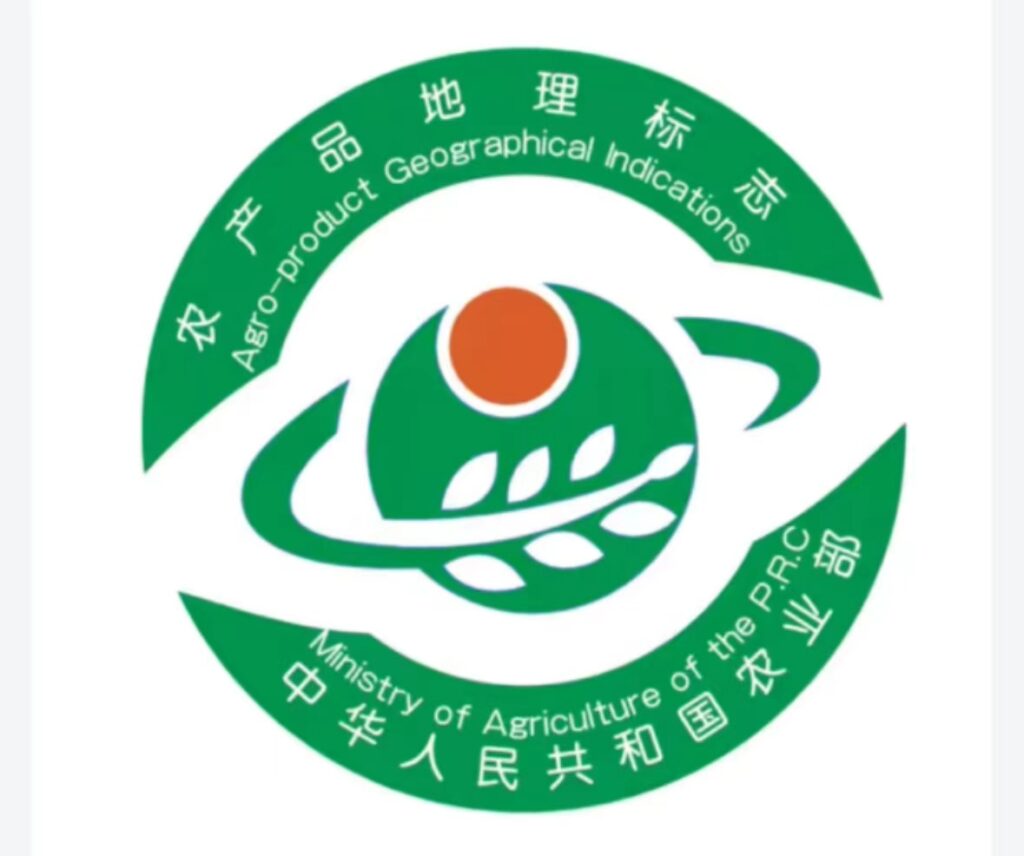

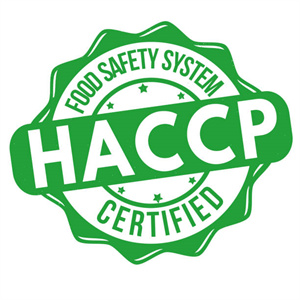
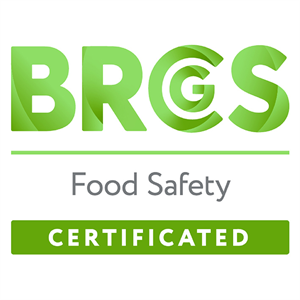
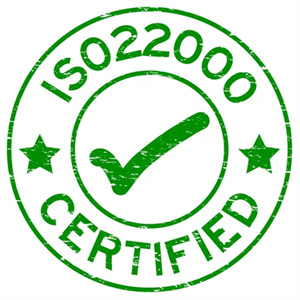
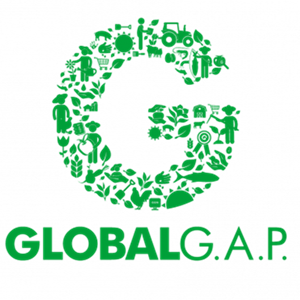
- Komitmen yang Teguh terhadap Kualitas: Di CAIE, kualitas tidak bisa ditawar. Bawang putih kami dibudidayakan di lebih dari 10.000 hektar lahan pertanian milik perusahaan di Jinxiang County dan Kota Weifang, mengikuti standar internasional tertinggi, termasuk standar Uni Eropa, Jepang, dan A.S. Mulai dari analisis tanah dan pemilihan benih hingga penanaman dan pemanenan, kami mempertahankan kontrol yang cermat pada setiap tahap produksi untuk memastikan kualitas dan konsistensi rasa yang luar biasa.
- Pasokan & Kapasitas yang Dapat Diandalkan: Dengan operasi pertanian kami yang luas, fasilitas penyimpanan modern seluas lebih dari 100.000 meter persegi, dan tim logistik yang berdedikasi di Zona Perdagangan Bebas Weifang, CAIE menjamin pasokan bawang putih yang konsisten dan dapat diandalkan untuk memenuhi permintaan pengolah makanan terbesar sekalipun. Kami menawarkan ukuran pesanan yang fleksibel, waktu tunggu yang kompetitif, dan kapasitas untuk menangani pesanan skala besar secara efisien.
- Keahlian Bawang Putih & Solusi Khusus: Didukung oleh tim ahli pertanian dan divisi perdagangan luar negeri dengan pengalaman lebih dari 20 tahun, CAIE memberikan keahlian yang tak tertandingi dalam varietas bawang putih, bentuk, dan kesesuaiannya untuk aplikasi pengolahan makanan tertentu. Kami bekerja sama dengan klien kami untuk memahami kebutuhan unik mereka dan mengembangkan solusi yang disesuaikan, mulai dari mencari jenis bawang putih tertentu hingga menyediakan opsi pemrosesan dan pengemasan khusus.
- Sumber Daya yang Berkelanjutan & Etis: CAIE berkomitmen terhadap praktik pertanian yang berkelanjutan dan sumber yang etis di seluruh rantai pasokan kami. Kami memprioritaskan metode pertanian yang bertanggung jawab terhadap lingkungan, praktik ketenagakerjaan yang adil, dan transparansi dalam operasi kami. Dengan memilih CAIE, Anda tidak hanya mendapatkan bawang putih premium, tetapi juga mendukung perusahaan yang sejalan dengan nilai-nilai Anda.
- Pendekatan Kemitraan & Fokus pada Pelanggan: Di CAIE, kami percaya dalam membangun kemitraan jangka panjang dengan klien kami berdasarkan kepercayaan, transparansi, dan kesuksesan bersama. Tim dukungan pelanggan kami yang berdedikasi selalu siap menjawab pertanyaan Anda, mengatasi masalah Anda, dan memberikan dukungan berkelanjutan untuk memastikan kepuasan Anda sepenuhnya.
Kesimpulan: Masa Depan Bawang Putih, Buatan Tiongkok
Industri bawang putih Tiongkok, dengan sejarah panjang, skala besar, dan signifikansi ekonominya, berada di titik yang sangat penting. Mengatasi tantangan perubahan iklim, volatilitas pasar, dan kelestarian lingkungan sangat penting untuk memastikan kesuksesan industri yang berkelanjutan dan kemampuannya untuk terus membentuk lanskap bawang putih global. Dengan merangkul inovasi, mempromosikan praktik berkelanjutan, dan mengeksplorasi peluang pasar baru, China dapat memanfaatkan dominasi bawang putihnya untuk tidak hanya memuaskan keinginan dunia akan umbi pedas ini, tetapi juga untuk mengamankan mata pencaharian jutaan orang dan berkontribusi pada masa depan yang lebih berkelanjutan dan terjamin pangannya.
